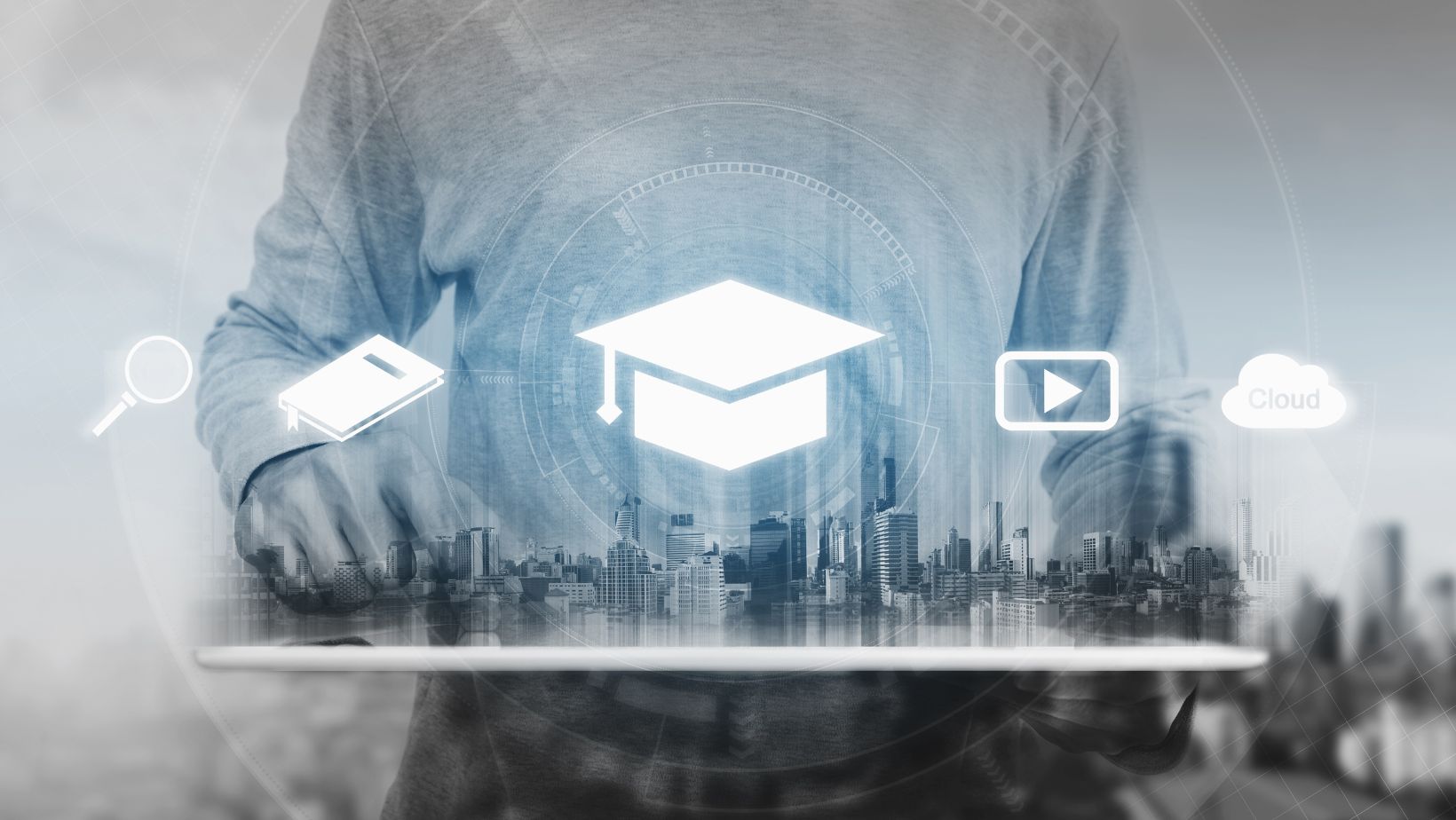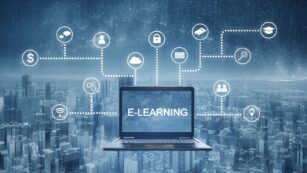
As technology continues to evolve at a breakneck pace, its impact on the education sector has been profound and transformative. From virtual classrooms to AI-driven learning tools, the landscape of education is being reshaped by digital innovations. These advancements are not just changing how students learn but are also redefining the roles of educators and the structure of educational institutions.
Trends in Educational Technology
Overview of Recent Advancements
 Advancements in educational technology have significantly evolved, especially over the past decade. Interactive digital platforms, such as augmented reality (AR) and virtual reality (VR), now provide immersive learning experiences for students, enabling complex, abstract concepts to become more tangible. For instance, AR tools help in visualizing molecular structures in chemistry, while VR facilitates historical site visits without leaving the classroom.
Advancements in educational technology have significantly evolved, especially over the past decade. Interactive digital platforms, such as augmented reality (AR) and virtual reality (VR), now provide immersive learning experiences for students, enabling complex, abstract concepts to become more tangible. For instance, AR tools help in visualizing molecular structures in chemistry, while VR facilitates historical site visits without leaving the classroom.
Artificial intelligence (AI) plays a crucial role in personalized learning. AI systems analyze individual learning patterns and adapt materials accordingly, ensuring that every student receives instruction tailored to their pace and style of learning. Moreover, the integration of blockchain technology ensures the security and verifiability of educational credentials, which simplifies record-keeping processes across educational institutions.
Impact of the Pandemic on Education Tech
 The COVID-19 pandemic accelerated the adoption of educational technology, as schools shifted from traditional classrooms to online learning environments almost overnight. Digital platforms such as Zoom, Google Classroom, and Microsoft Teams became essential, ensuring that education continued uninterrupted. This period highlighted the importance of technology in education, not just for convenience but as a necessity in times of crisis.
The COVID-19 pandemic accelerated the adoption of educational technology, as schools shifted from traditional classrooms to online learning environments almost overnight. Digital platforms such as Zoom, Google Classroom, and Microsoft Teams became essential, ensuring that education continued uninterrupted. This period highlighted the importance of technology in education, not just for convenience but as a necessity in times of crisis.
The pandemic also sparked innovation in real-time assessment tools that can monitor student engagement and understanding virtually. These tools help teachers tailor their instruction to better meet the needs of their students remotely. As a result, the pandemic didn’t just change how technology is used in education—it fundamentally reshaped perceptions about its role and necessity.
Major Trends in Educational Technology
Rise of Artificial Intelligence in Learning
Artificial Intelligence (AI) continuously reshapes how students engage with content, transforming traditional methods into more personalized experiences. In educational settings, AI tools analyze learning habits and tailor materials to individual needs, improving outcomes. For example, AI-based tutoring systems provide assignments tailored to a student’s pace and understanding, ensuring they master topics before moving forward. Moreover, AI in educational technology streamlifeeducates assessment by offering instant feedback, enabling both students and educators to track progress in real-time. As AI evolves, its integration into educational platforms is likely to become more sophisticated, offering even deeper insights into student learning processes, behaviors, and challenges.
Increased Use of Virtual and Augamed Reality
 Virtual Reality (VR) and Augmented Reality (AR) are revolutionizing the educational sphere by providing immersive learning experiences that were impossible a few years ago. VR transports students to different worlds or historical periods, enhancing engagement and understanding of complex subjects. For instance, VR simulations allow biology students to travel inside the human body, providing a closer look at processes like blood circulation and cellular functions. Similarly, AR overlays digital information onto the real world, turning abstract concepts into interactive visualizations. These technologies not only make learning more engaging but also assist in retaining complex information by visualizing theories and abstract concepts through practical simulations. As these technologies become more accessible, their impact on education is expected to increase, further embedding VR and AR into everyday learning experiences.
Virtual Reality (VR) and Augmented Reality (AR) are revolutionizing the educational sphere by providing immersive learning experiences that were impossible a few years ago. VR transports students to different worlds or historical periods, enhancing engagement and understanding of complex subjects. For instance, VR simulations allow biology students to travel inside the human body, providing a closer look at processes like blood circulation and cellular functions. Similarly, AR overlays digital information onto the real world, turning abstract concepts into interactive visualizations. These technologies not only make learning more engaging but also assist in retaining complex information by visualizing theories and abstract concepts through practical simulations. As these technologies become more accessible, their impact on education is expected to increase, further embedding VR and AR into everyday learning experiences.
Challenges Facing Educational Technology
Adoption of high-tech solutions in education, though accelerated due to necessities such as the COVID-19 pandemic, encounters several significant hurdles. First, unequal access to technology stands as a primary challenge. Students in rural or low-income areas often lack the necessary devices and high-speed internet access, hindering their ability to benefit from digital learning platforms. Second, data privacy issues create a considerable barrier, especially with laws tightening around student information. Educators and technology providers must navigate complex regulations to protect sensitive data. Third, there’s the cost associated with implementing and maintaining state-of-the-art educational technologies. Schools must fund not only the initial purchase but also ongoing maintenance and training. Lastly, resistance to change from educators unaccustomed to new technologies can delay adoption and integration, impacting the effectiveness of educational advancements.


